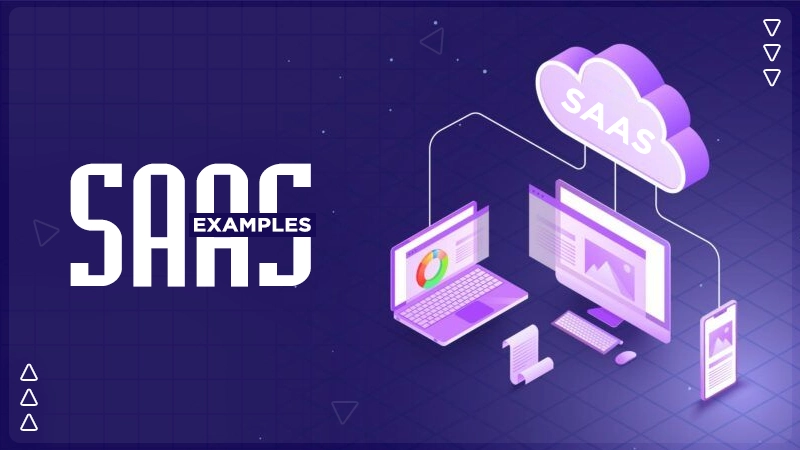Ans: Google Workspace, Zoom, Salesforce, and Shopify are among the most widely used SaaS apps.
Top SaaS Examples in 2025: Best Software as a Service Companies
In today’s digital-first environment, software is no longer something that businesses install and forget about. Today, most organizations utilize Software as a Service, or simply SaaS. It is a cloud-based software that provides business solutions delivered over the internet on a flexible, subscription-based model.
If you’ve ever used Gmail, Zoom, or Slack, then you have used SaaS. SaaS is flexible, cost-efficient, and scalable, and has quickly become the preferred option for businesses.
In this guide, we will discuss the leading Saas examples in 2025.
What is SaaS? A Quick Refresher
SaaS, or Software as a Service, refers to making software available via the internet rather than having you install the software on your computer. The applications in this model are hosted in the cloud and can be accessed through any device with an internet connection.
Most SaaS products are subscription-based products, which you pay for every month or year, and the vendor takes care of all the updates, security, and maintenance for you.
A simple example of this is how everyone used to buy Microsoft Office on CDs, and today they normally use Microsoft 365, which used to be called “Office 365” or “Office online.” Microsoft 365 is a subscription-based service that is always maintained and kept up to date on Microsoft servers. This is exactly how SaaS works.
Why SaaS is Important in 2025
In 2025, SaaS use continues to gain traction due to:
- Scalability: Businesses can quickly and easily scale up or down.
- Cost Savings: No upfront hardware spends or expensive one-off licenses.
- Accessibility: Work anytime, from anywhere.
- Security: Built-in security, backups, and compliance.
- Innovation: AI, automation, and integrations present a SaaS product that is more powerful than ever.
In 2025, SaaS isn’t just for large enterprises. Many startups, small businesses, and individual customers rely on SaaS for different things like productivity, growth, and communication.
Also Read: SaaS Sales Process: Everything You Must Know in 2025
Top SaaS Examples in 2025
Opting for SaaS applications over traditional software is cheaper, easier, and means you are free from inconveniences and usual frustrations, starting with long onboarding wait times, complicated installation or application downloading, and having to wait unnecessarily long periods to use. Here are some SaaS examples that are already providing easy solutions for their clients with new solutions.
1. Slack
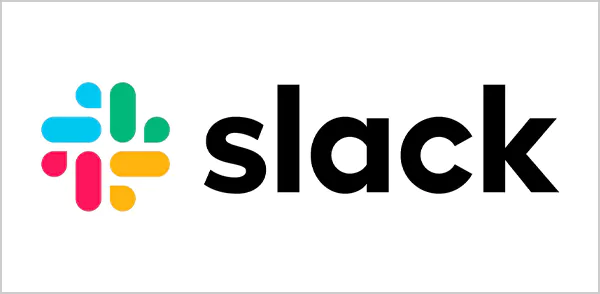
Slack is one of the best software-as-a-service examples. It was released in 2013 and is a leading SaaS collaboration platform that helps improve workplace communication. With more than 30 million daily active users, it helps keep teams connected whether they’re in the office or working remotely, with the use of organized channels, integrations, and automation.
Businesses, startups, and remote teams use Slack as an alternative to long email threads for real-time collaboration and to merge workflows across several tools. Slack can bring together all communications for distributed teams.
Key Features
- Real-time messaging with channels and direct messages
- Integrations with 2,000+ apps like Google Drive, Trello, and Zoom
- Advanced search for messages, files, and conversations
- Workflow automation and custom bots
Details
- Launch Year: 2013
- User Base: 47M+ daily active users
2. Salesforce
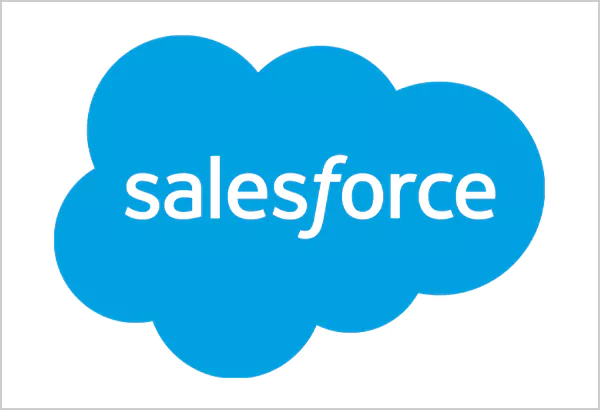
Salesforce, which was started in 1999, is a top-rated platform for Customer Relationship Management (CRM) that is cloud-based and aimed at businesses for managing customer relationships, sales, and marketing. With over 150,000 customers all over the world, Salesforce is one of the most widely adopted Software-as-a-Service examples in the enterprise space.
Salesforce is commonly used by sales teams to track leads, automate workflows, and manage pipelines.
Key Features
- Comprehensive CRM with lead and opportunity management
- Customizable dashboards and real-time analytics
- AI-powered insights through Salesforce Einstein
- AppExchange marketplace with thousands of integrations
Details
- Launch Year: 1999
- User Base: 150,000+ customers worldwide
3. Mailchimp
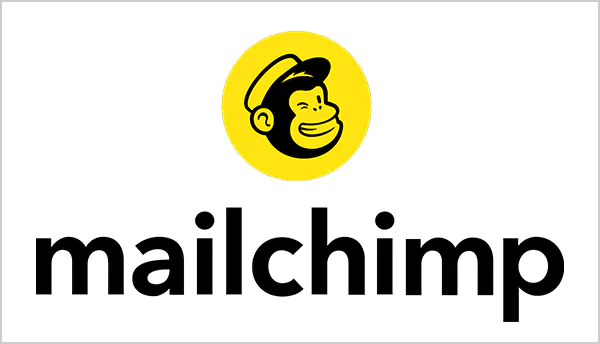
Mailchimp is a SaaS platform for email marketing and automation that launched in 2001. Mailchimp is one of the best-known platforms available, with more than 13 million users worldwide. This example of SaaS has grown into an all-in-one marketing package primarily aimed at small and mid-size businesses.
It is primarily used by businesses to design and send email campaigns, nurture leads with automated workflows, and more.
Key Features
- Drag-and-drop email builder with customizable templates
- Marketing automation for campaigns and customer journeys
- Audience segmentation and advanced analytics
- Integrations with e-commerce platforms like Shopify and WooCommerce
Details
- Launch Year: 2001
- User Base: 13M+ users worldwide (estimate)
4. Dropbox

Dropbox began its operation in 2007 as a cloud storage and file-sharing Software as a Service (SaaS) tool to focus on collaboration and document management. It boasts over 700 million registered users and is still one of the reliable file storage and sharing tools for keeping your files safe.
The tool is useful especially for individuals, teams, and businesses to store files in the cloud, share documents, and collaborate in real time.
Key Features
- Automatic file synchronization across devices through cloud storage
- File sharing with password protection and access control
- Collaboration tools like Dropbox Paper for real-time editing
- Integrations with tools like Slack, Zoom, or Microsoft Office
Details
- Launch Year: 2007
- User Base: 700M+ registered users
5. Canva
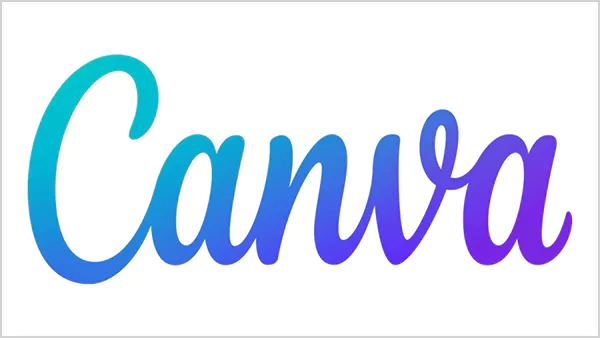
Canva is a graphic design SaaS platform that was launched in 2013. It is a user-friendly tool that helps users design professional-grade graphics. With more than 150 million monthly active users, it has become a widely used design tool for individuals, businesses, and educators all around the world.
The tool is commonly used by professionals for designing social media graphics, presentations, marketing materials, and documents without advanced design or editing skills.
Key Features
- A drag-and-drop design editor featuring customizable templates
- A Brand Kit to ensure fonts, logos, and colors stay consistent
- Tools to facilitate collaboration with team members editing in real-time
- Extensive library of stock photos, icons, and illustrations
Details
- Launch Year: 2013
- User Base: 220M+ monthly active users
6. Shopify
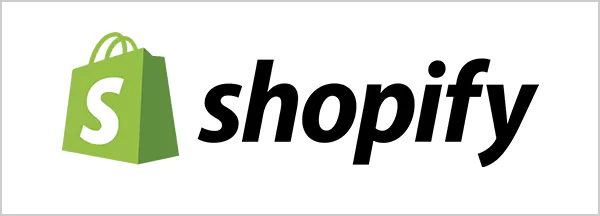
Shopify, which was founded in 2006, is a high-profile SaaS e-commerce platform that enables individuals and businesses to create, manage, and scale online stores. With over 4.5 million stores currently active, it supports merchants from over 175 countries across the globe. It is one of the most popular SaaS examples used by millions of people worldwide.
Shopify is used by entrepreneurs and organizations when setting up online storefronts, managing inventories, processing payments, and launching marketing campaigns.
Key Features
- Storefront builder with customizable themes and drag-and-drop functionality
- Seamless integrated payment gateway (Shopify Payments) and currencies worldwide
- Inventory, order, and shipping management in a single dashboard
- App Store with thousands of third-party integrations for full functionality
Details
- Launch Year: 2006
- User Base: 136.2M+ active stores
7. Zoom
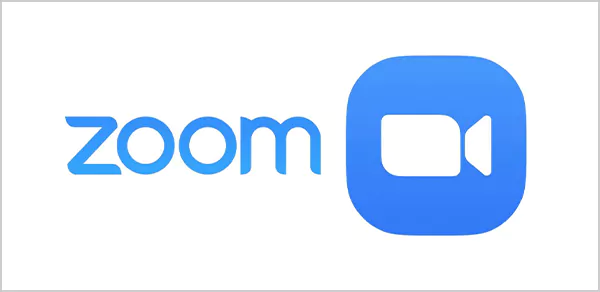
Zoom, launched in 2011, is a leading SaaS video conferencing and collaboration platform with a reported 300 million daily meeting participants. It has quickly become the leading virtual meeting, webinar, and online communication platform around the world.
Zoom has become ubiquitous for businesses, educators, and individuals for remote work, virtual classrooms, online events, and telehealth.
Key Features
- Top-notch video and audio conferencing
- Screen sharing, breakout rooms, and virtual backgrounds
- Large-scale online events and webinar hosting
- Integrations with Google Workspace, Slack, and MS Teams
Details
- Launch Year: 2011
- User Base: 450M+ daily meeting participants
8. Google Workspace
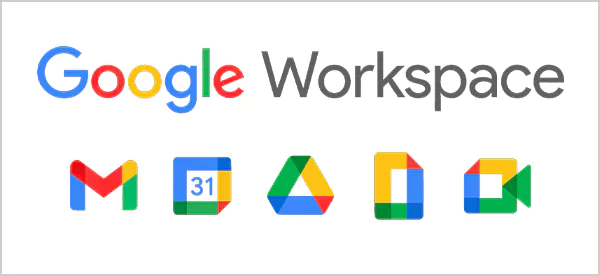
Google Workspace, previously known as G Suite as of 2020 (and originally launched in 2006), is an integrated productivity and collaboration suite delivered through the cloud by Google. With more than 3 billion users around the world, it is undoubtedly one of the most popular Software-as-a-Service (SaaS) platforms that are primarily used for personal and business engagement and collaboration.
Google Workspace can be used by organizations, schools, and individuals for real-time collaboration, communication recovery, and workflow optimization.
- Key Features
- Professional email hosting with Gmail
- Real-time collaboration in Docs, Sheets, and Slides
- Secure cloud storage and sharing via Google Drive
- Integrated tools like Google Meet and Google Calendar
Details
- Launch Year: 2006 (rebranded to Google Workspace in 2020)
- User Base: 3B+ users worldwide
9. Netflix
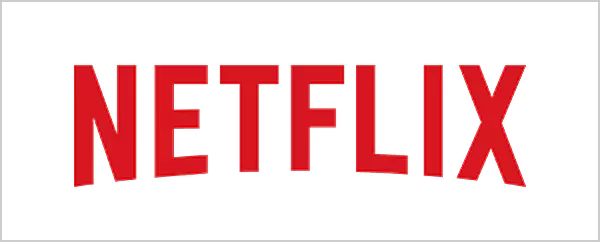
Netflix was established in 1997 as a DVD rental business and transitioned to a streaming service in 2007. It is now one of the largest Software as a Service (SaaS) entertainment platforms available. With more than 300 million paid subscribers around the world, they are the leader in video-on-demand streaming.
Netflix is mainly used to watch movies, TV shows, documentaries, and other content streaming on demand on various devices.
Key Features
- Huge library of films, shows, and documentaries
- Machine-learning recommendations
- Offline downloads on the mobile app
- Multi-device with profiles and parental controls
Details
- Launch Year: 1997 (streaming since 2007)
- User Base: 300M+ paid subscribers worldwide
10. Hubspot
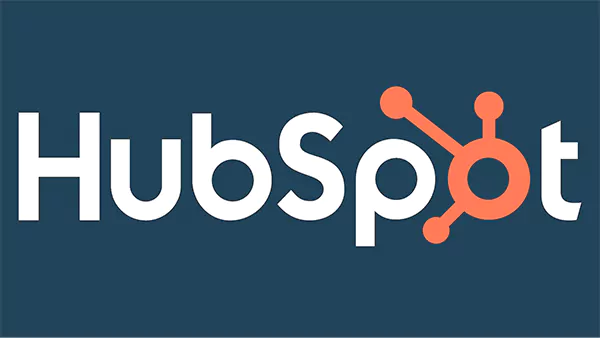
Since its establishment in 2006, HubSpot has become an influential SaaS platform for inbound marketing, sales, and customer service operations. HubSpot has over 247,000 customers in more than 135 countries. HubSpot offers an all-in-one solution to help companies attract, engage, and delight customers.
One of the best software-as-a-service examples, HubSpot, is commonly used by marketing teams to deploy campaigns, manage content, and generate leads.
Key Features
- An all-in-one Customer Relationship Management (CRM) solution that now includes Marketing, Sales, and Service Hubs.
- Marketing automation, with lead nurturing workflows.
- Content Management System (CMS) for websites and blogs.
- Analytics dashboards and reporting for performance tracking.
Details
- Launch Year: 2006
- User Base: 247,000+ customers across 135+ countries
How to Choose the Right SaaS Solution for Your Business
Now that you’ve understood about SaaS examples, let’s try to check out a few things you need to look at to choose the right SaaS solution for your business.
- Features and functionality.
- Pricing and scalability.
- Integration with your existing tools.
- Security and compliance.
- Customer support.
Always check these things about a company before deciding to settle on it. Choosing between two things like HubSpot and Salesforce depends on budget, team size, and the complexity of the solution.
Conclusion
SaaS is no longer simply a trend. It is the model for contemporary software delivery. Collaboration tools like Google Workspaces, e-commerce platforms like Shopify, and powerful CRMs like Salesforce represent the universal presence of SaaS for personal productivity and companies.
As we move through 2025, SaaS continues to grow more innovative and more focused on the industry. Whether you’re a founder, a team leader, or just interested in what is happening in the tech space, SaaS is a technology that will shape how we work and live.
FAQs
Q: What are the most popular SaaS applications?
Q: Is Zoom an example of SaaS?
Ans: Yes, Zoom is a SaaS application that provides video conferencing services via the cloud.
Q: Is SaaS different from cloud computing?
Ans: Yes, SaaS is a type of cloud computing focused on software delivery. Cloud computing also includes PaaS and IaaS.
Q: Which companies use SaaS the most?
Ans: Almost every industry uses SaaS from small startups to Fortune 500 companies.
